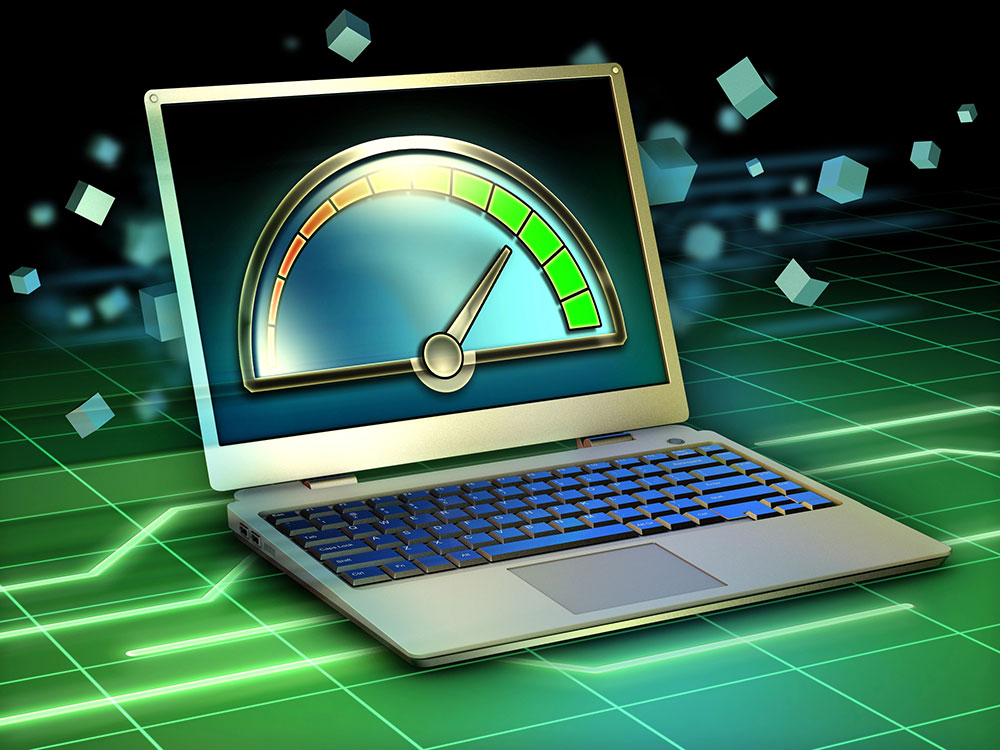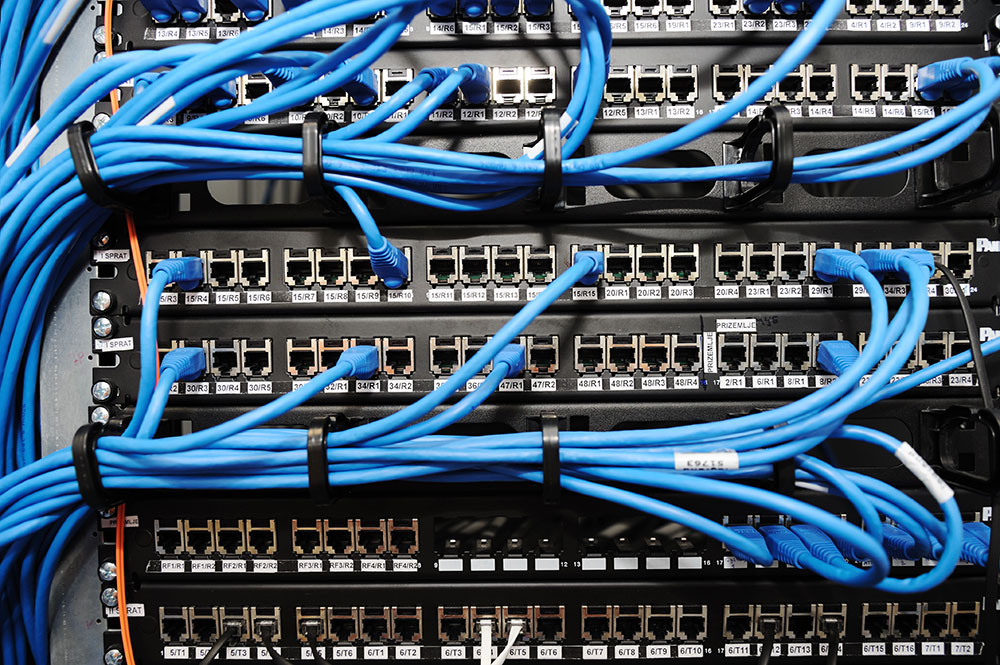Expert Computer Repair & IT Services You Can Trust
Schedule Your FREE Consultation Today
OUR SERVICES
Comprehensive Computer (PC) Services Tailored to Your Needs

Computer (PC) Data Migration
Our PC Data Migration Services make transferring files, applications, and settings from one computer to another secure and efficient. With expert assistance, we minimize downtime and the risk of data loss, getting you back to work quickly.
Computer (PC) Data Recovery Services
Losing important files to hardware failure, accidental deletion, or malware can be stressful. This post explores various data recovery services, how they work, and ways to protect your data, helping you make informed decisions to safeguard your information.

Computer/PC Repair Service
Having a reliable computer repair service is essential when technical issues disrupt productivity. From software glitches to hardware malfunctions, our expert team is equipped to quickly diagnose and resolve problems, saving you time and money.

Computer/PC Tune-Up Service
A PC Tune-Up Service optimizes your computer’s performance through system cleanup, software updates, and enhancements, helping it run like new. This service improves speed and reliability, extending your device’s lifespan.

Computer/PC Upgrade Service
Enhance your computing experience with our expert PC upgrade service, tailored to boost performance, storage, or graphics. Let our team ensure your system runs efficiently and meets your specific needs.

Computer/PC Virus & Malware Removal Service
If your computer is running slowly, crashing, or showing strange pop-ups, it might be infected with malware. Our Virus & Malware Removal Service swiftly identifies and eliminates threats, ensuring your device runs smoothly and securely.

Home/Office Printer Support Service
Reliable printing solutions are essential for your home or office, and expert support can save you time and frustration. Our printer support service handles everything from troubleshooting to routine maintenance, ensuring your equipment runs smoothly so you can stay productive.

On-site Home/Office Networking
On-site networking is essential for ensuring reliable connectivity in your home or office. This guide helps you optimize your setup, troubleshoot issues, and improve performance and security for seamless device communication.

Software Installation & Support Service
Installation of software can often seem daunting, but with the right guidance, you can navigate through the process smoothly. Whether you’re setting up a new application or troubleshooting existing software, understanding installation techniques and support services is crucial for ensuring optimal performance.
OUR SERVICES
Comprehensive MAC Services Tailored to Your Needs

Mac Computer Repair Services
Get specialized Mac repair services for hardware and software issues, ensuring efficient, reliable fixes by expert technicians. Keep your device running smoothly with tailored solutions for Apple’s unique systems.

Mac Data Migration Services
Migration can seem overwhelming, especially when transferring data between Macs or upgrading systems. Our Mac Data Migration Services ensure a smooth and secure transition with minimal risk of data loss or downtime.

Mac Data Recovery Services
Accidental deletions, hardware failures, and software issues can lead to data loss on your Mac. Mac Data Recovery Services use advanced tools to help you recover important files, photos, and documents, offering crucial relief and peace of mind.

Mac Operating System Upgrades
Upgrading your Mac’s Operating System boosts performance, security, and features, giving you access to the latest updates and tools. Knowing how to navigate the upgrade process ensures you maximize your device’s capabilities and compatibility.

Mac Logic Board Repair Services
Over time, issues with your Mac’s logic board can affect its boot-up and performance. This post explores Mac logic board repair services, helping you make informed decisions to keep your device running smoothly.

Mac Component Upgrade Services
As technology evolves, so should your Mac to meet your changing needs. Essential Mac component upgrades—like RAM enhancements and SSD installations—that boost performance, storage, and lifespan, ensures your device remains powerful and efficient.
The Benefits
Why Choose Us

Trusted Expertise
With over two decades of experience, we provide reliable IT solutions and computer repair services that you can trust. Our knowledgeable technicians are committed to protecting your data and delivering quality results.

Fast and Efficient Service
We understand the importance of your time. That’s why we offer quick turnaround times, often completing repairs the same day. Our first-in, first-out policy ensures you get timely service every time.

Personalized Support
We tailor our services to meet your unique needs, whether you’re a home user or a business with multiple locations. From custom builds to on-site support, we offer solutions designed just for you.

Reviews
What Our Customers Say
Blog
Latest Posts
Top-Rated Computer Repair Services in Santa Cruz: Expert PC & Mac Solutions Near You
When your computer decides to throw a tantrum, finding reliable solutions quickly becomes a priority. Whether you’re dealing with a stubborn hardware issue, a baffling software glitch, or just need some urgent assistance, opting for top-rated computer repair services in Santa Cruz can be your ticket to getting your PC…
Expert Data Recovery Services in Santa Cruz: Mac, Laptop & Hard Drive Repair Solutions
Imagine this: You’re working on your laptop, with crucial files that are due tomorrow, when suddenly—poof!—your screen goes blank, and panic sets in. We’ve all felt the dread and stress of losing important data. Whether it’s cherished photos, essential work documents, or vital information, data loss can feel catastrophic. But…
Professional Data Recovery Services for Mac, PC & Laptops in Santa Cruz: Expert Solutions for Your Digital Emergencies
Imagine the terror of turning on your computer only to find crucial files gone, or perhaps your laptop takes an unexpected dive into the ocean, a not-so-uncommon occurrence in picturesque Santa Cruz. Data loss is a real and devastating event, striking fear into tech users all around the globe and…
Ultimate Guide: Laptop Battery Replacement, PC Hardware Upgrades, and Virus Removal for Peak Performance
Is your laptop’s battery draining too fast, your desktop feeling sluggish, or your device bombarded with pop-ups and slowdowns? This guide unlocks everything you need to know for seamless laptop battery replacement, powerful PC hardware upgrades, and comprehensive virus removal—so you can keep your technology running at its absolute best.…
Maximizing Your Laptop Performance: Essential Guide to Battery Replacement, Hardware Upgrades, and Virus Removal
We’ve all been there: sitting in front of a sluggish laptop, anxiously watching the battery percentage creep towards zero, all while a looming deadline hangs over your head. It’s not just frustrating—it’s downright stress-inducing! But before you throw your hands up and surrender to the idea of buying a new…
How to Extend Your Laptop’s Life: Essential Battery Replacement, PC Hardware Upgrades, and Virus Removal Guide
In today’s fast-paced digital age, your laptop is more than just a gadget—it’s your workplace, your classroom, and your connection to the world. But even the most reliable devices can experience hiccups like sluggish performance, battery woes, or unexpected viruses. When these issues arise, knowing how to handle them can…
Laptop Battery Replacement, PC Hardware Upgrades, and Virus Removal: Essential Tips for Boosting Performance and Security
Welcome to our ultimate guide to maintaining your beloved computer! We all rely on our laptops and PCs for work, play, and everything in between, so keeping them in top shape is essential. Whether you’ve noticed your laptop battery isn’t lasting as long as it used to, are curious about…
Ultimate Guide: Laptop Battery Replacement, PC Hardware Upgrades & Virus Removal for Better Performance
Welcome to your comprehensive guide for maximizing computer performance through essential maintenance and upgrades. This article will explore how proper laptop battery replacement, strategic hardware upgrades, and effective virus removal can dramatically improve your computing experience. Whether you’re experiencing sluggish performance, reduced battery life, or security concerns, our expert guidance…
Laptop Battery Replacement, PC Hardware Upgrades, and Virus Removal: Complete Guide to Extending Your Computer’s Lifespan
Is your computer running slower than usual? Are you experiencing unexpected shutdowns or battery issues? This comprehensive guide explores how professional laptop battery replacement, hardware upgrades, and virus removal services can significantly extend your device’s lifespan, saving you money and preventing data loss. Whether you’re dealing with a dying battery,…
Computer Repair in Santa Cruz – Expert PC Repair & Mac Repair Services
Is your computer giving you headaches, slowing down your day-to-day activities? Whether you’re dealing with a sluggish PC, a Mac that refuses to power on, or a tricky virus that’s wreaking havoc, you’ve come to the right place. Our team of local Santa Cruz experts is here to provide top-notch…
OUR SERVICES
Santa Cruz’s Highest Rated and Most Reviewed Computer Repair Service

Computer (PC) Data Migration
Our PC Data Migration Services make transferring files, applications, and settings from one computer to another secure and efficient. With expert assistance, we minimize downtime and the risk of data loss, getting you back to work quickly.

Computer (PC) Data Recovery Services
Losing important files to hardware failure, accidental deletion, or malware can be stressful. This post explores various data recovery services, how they work, and ways to protect your data, helping you make informed decisions to safeguard your information.

Computer/PC Repair Service
Having a reliable computer repair service is essential when technical issues disrupt productivity. From software glitches to hardware malfunctions, our expert team is equipped to quickly diagnose and resolve problems, saving you time and money.

Computer/PC Tune-Up Service
A PC Tune-Up Service optimizes your computer’s performance through system cleanup, software updates, and enhancements, helping it run like new. This service improves speed and reliability, extending your device’s lifespan.

Computer/PC Upgrade Service
Enhance your computing experience with our expert PC upgrade service, tailored to boost performance, storage, or graphics. Let our team ensure your system runs efficiently and meets your specific needs.

Computer/PC Virus & Malware Removal Service
If your computer is running slowly, crashing, or showing strange pop-ups, it might be infected with malware. Our Virus & Malware Removal Service swiftly identifies and eliminates threats, ensuring your device runs smoothly and securely.

Home/Office Printer Support Service
Reliable printing solutions are essential for your home or office, and expert support can save you time and frustration. Our printer support service handles everything from troubleshooting to routine maintenance, ensuring your equipment runs smoothly so you can stay productive.

On-site Home/Office Networking
On-site networking is essential for ensuring reliable connectivity in your home or office. This guide helps you optimize your setup, troubleshoot issues, and improve performance and security for seamless device communication.

Software Installation & Support Service
Installation of software can often seem daunting, but with the right guidance, you can navigate through the process smoothly. Whether you’re setting up a new application or troubleshooting existing software, understanding installation techniques and support services is crucial for ensuring optimal performance.

Mac Computer Repair Services
Get specialized Mac repair services for hardware and software issues, ensuring efficient, reliable fixes by expert technicians. Keep your device running smoothly with tailored solutions for Apple’s unique systems.

Mac Data Migration Services
Migration can seem overwhelming, especially when transferring data between Macs or upgrading systems. This guide will explain how Mac Data Migration Services work, the available methods, and the advantages of professional help to ensure a smooth and secure transition with minimal risk of data loss or downtime.

Mac Data Recovery Services
Accidental deletions, hardware failures, and software issues can lead to data loss on your Mac. Mac Data Recovery Services use advanced tools to help you recover important files, photos, and documents, offering crucial relief and peace of mind.

Mac Operating System Upgrades
Upgrading your Mac’s Operating System boosts performance, security, and features, giving you access to the latest updates and tools. Knowing how to navigate the upgrade process ensures you maximize your device’s capabilities and compatibility.

Mac Logic Board Repair Services
Over time, issues with your Mac’s logic board can affect its boot-up and performance. This post explores Mac logic board repair services, helping you make informed decisions to keep your device running smoothly.

Mac Component Upgrade Services
As technology evolves, so should your Mac to meet your changing needs. This blog post explores essential Mac component upgrades—like RAM enhancements and SSD installations—that boost performance, storage, and lifespan, ensuring your device remains powerful and efficient.



